I am wondering how an Operational amplifier stabilizes voltage ? Is it by negative feedback, if yes, then how ?
-
1An operational amplifier cannot, in itself, stabilize anything. It can add instability or amplify or buffer what is already present at its pins. – Spehro Pefhany Jun 27 '14 at 14:22
1 Answers
I am wondering how an Operational amplifier stabilizes voltage ? Is it by negative feedback, if yes, then how ?
Given the whole of your question I presume you mean "how does an op-amp produce a stable voltage on its output (when theoretically it has infinite gain)"?
If this is not the correct interpretation let me know.
Anyway, to answer perhaps what is ostensibly a question that may be a figment of my imagination you have to consider how a control system works (because, an op-amp with negative feedback IS a control system).
A control system (that uses feedback) has an input and an output. The input is the demand (i.e. how you want the output to be) and the output is what you want. There is usually a feedback mechanism (measuring the output) that allows the control system to adjust things in order to get exactly on the output what the demand is asking for.
That feedback system is called negative feedback and here is a nice picture that explains what I mean: -

The controller (shown above) takes the demand input and the measurement feedback and subtracts one from the other. If the result is zero then the output is as expected however, if a disturbance arises that modifies the output, the controller no longer produces a zero output. This non-zero output drives the process until it is as it should be and the "error" is minimized.
Sometimes the "error" signal from the controller is not sufficient to re-align output with demand (setpoint) and this error has to be "adjusted", usually by adding gain and sometimes that amount of gain is very large.
An op-amp is the red parts of the process above: -

There are two inputs and the output is the "process" (the production of the correct voltage). It has lots of gain and negative feedback means it can accurately control its output (despite the various disturbances of power rail noise and average value fluctuation, load values changing and temperature variations). Here's a simple op-amp control system: -

(source: openmusiclabs.com)
Vin+ is the demand and Vo is the output. The output is measured at Vin- and if the output is close to the demand (setpoint, Vin+) then the error is very small. This small error is amplified substantially inside the op-amp in order to correct the output so it gets a little bit closer to the demand. Ultimately there will always be a small error because you can't have infinite gain but, this is how negative feedback and an op-amp work at their most basic level.
Here, I've modified the op-amp circuit slightly by adding two resistors: -

If the output of the op-amp is reduced by 2:1, because the error has to be very close to zero, the output voltage now is twice what is was before.
- 1,245
- 3
- 15
- 20
- 434,556
- 28
- 351
- 777
-
-
3@Horta somebody obviously didn't hence the recent down vote - I've interpreted the question (perhaps incorrectly) but until the OP returns and makes that judgement maybe the secret down voter can explain why my answer is incorrect. Go on be brave! – Andy aka Jun 27 '14 at 14:43
-
1+1 because it's a decent answer to a plausible interpretation of an ill-formed question. – Spehro Pefhany Jun 27 '14 at 15:42
-